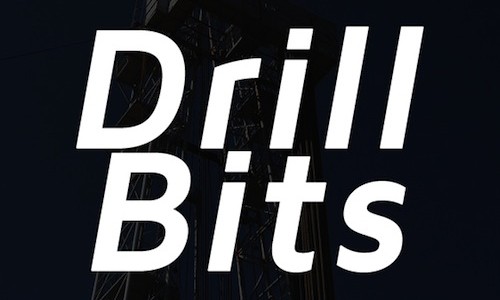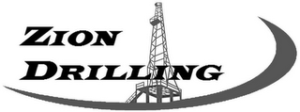The Most Overworked Member of the Drilling Team
The objective? Crush and move rock in the Earth’s crust. Yeah, it’s not your everyday walk in the park.
Breaking through gigantic rock layers
Every drill bit’s mission consists of breaking through the Earth’s many layers of thick, inflexible rock. It’s a daunting task. Pair that with the rapidly increasing temperatures as they dig deeper and the unpredictable nature of every spin of the drill bit against various types of rock and you’re in for a hard day’s work.
Two Kinds of Commonly Used Bits
-
Roller Cone
-
Fixed Cutter
Right now, you’re most likely sitting in the comfort of your office or home computer. Simultaneously, oil drillers around the world are cracking, crushing and mashing these formidable opponents. It includes crushing sediment and gouging into the crust of our planet to find the precious black substance that will equal big benefits for an operation.
The power lineup: Drill Bits
To say the process is tough is an understatement. To give you a specific glimpse of what the drilling of an oil well entails, let’s look at the players in the game that do the work crushing the rock itself. They’re the ones who actually claw their way into the depths.
LEARN: Drill Bits – Oil and Gas Drilling: From Planning To Production WATCH: Extreme Oil Drilling, National Geographic (Video)They are the oil well drill bits, the component of the machinery that gouges, chips and crushes rock at the point of contact. Without these, made of either stainless steel or Tungsten Carbide (one of the hardest substances known to man), no drilling team would be able to make their way down to discover what lies beneath.
There are different kinds of bits that make for different applications outcomes. Any given drill team must be careful to select which bit will suit best for the task ahead since different drills work in different ways. There are two basic categories of specialty bits:
The Roller Cone
The Roller Cone is a basic design which does exactly what it sounds like: rolls. The cone at the end of the bit spins around rapidly to gouge, scrape and crush as it goes. Most of the bits come with three heads to each bit. Usually, stainless steel or tungsten carbide are the metals of choice. Tungsten Carbide is one of the hardest materials known to man.
The Fixed Cutter
The Fixed Cutter category of bits, unlike Roller Cone’s, do not have moving parts. They work primarily by shearing and scraping through rocks. These cutters often use diamonds as caps, bonded together by other metallic material like Tungsten Carbide. Fixed Cutter Bits are usually much more expensive than Roller Cone bits, but last longer and can be less expensive in the long term.
Knowing when and where to use different types of bits is crucial for success
Overall, a talented team of drillers will use either Roller Cone or Fixed Cutter bits in different scenarios based on the hardness of the rock at the time, or which bit performs in a more superior way to each rock. For example, Natural Diamond Fixed Cutter bits are superior for breaking through hard or highly abrasive rock.
There are many other kinds of bits that are designed for specific applications. They have shapes that behave in ways that accomplish different kinds of outcomes like: Coring, Sidetracking and Reaming.






Comments are closed.